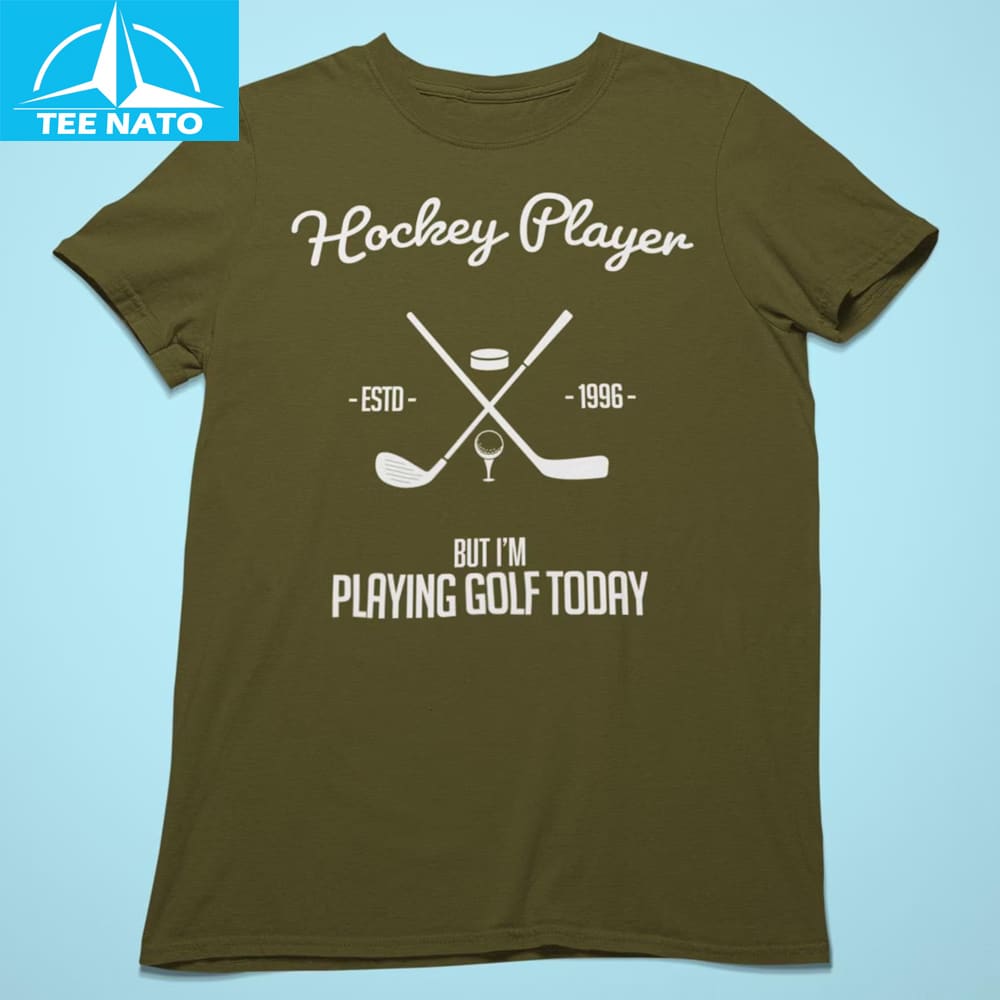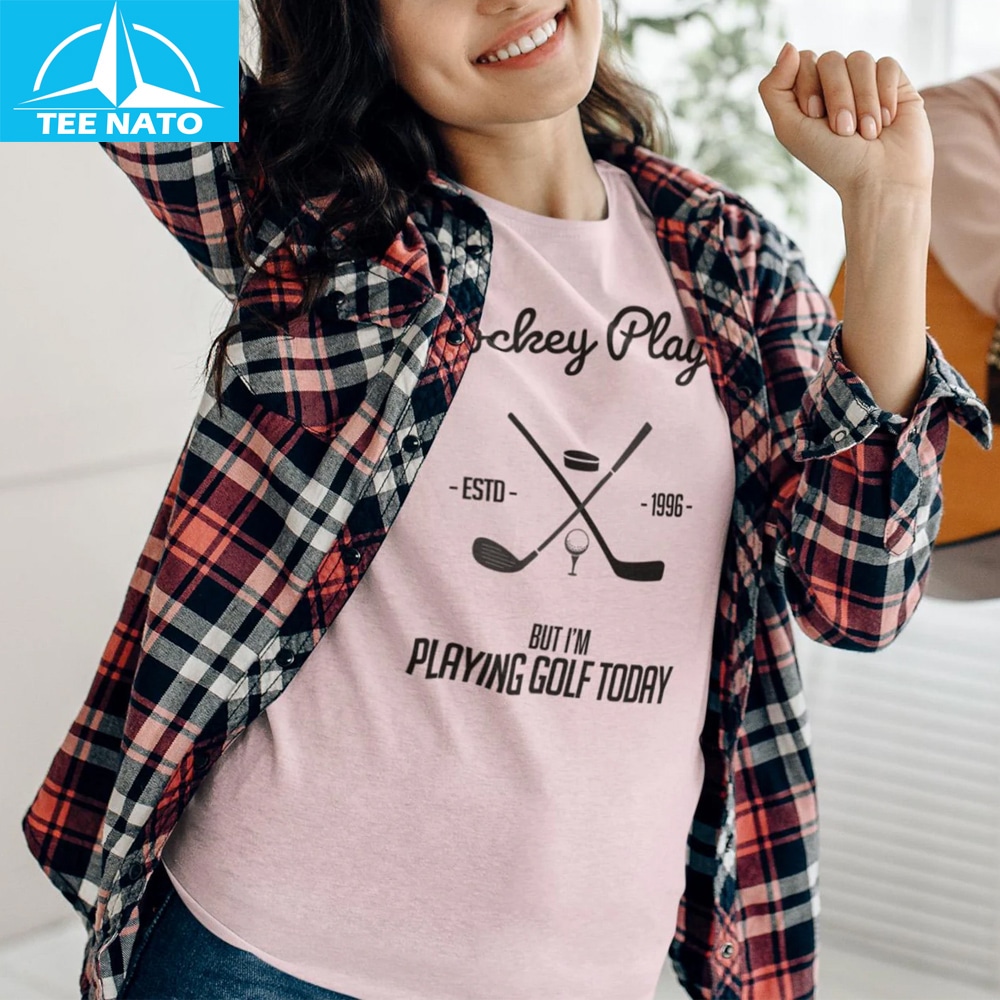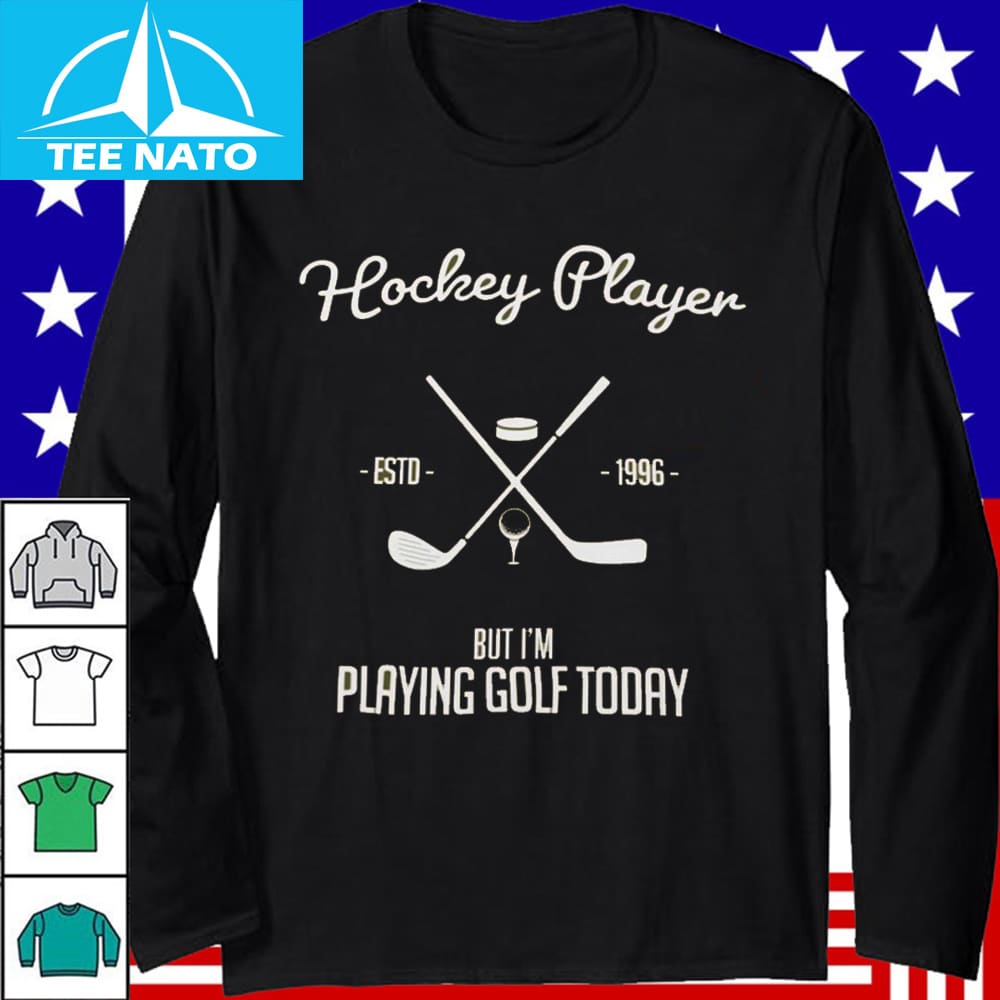Trading Skates for Spikes: A Hockey Player’s Golfing Adventure
Trading Skates for Spikes: A Hockey Player’s Golfing Adventure
Ever consider what unfolds when a hockey player but I’m playing golf today? The shift from ice to turf is more than a simple equipment swap—it’s a remarkable combination of agility, precision, and mental fortitude. Whether you’re a seasoned pro or a recreational player, venturing into new sports can awaken dormant skills. Let’s explore how a hockey player can succeed on the golf course and why this unique crossover might be your next favorite activity.
The Mental Adjustment: From Hockey Aggression to Golf Composure
Moving from a high-octane rink to a peaceful fairway necessitates more than new gear—it requires a complete mental recalibration. Hockey players are built for split-second decisions and forceful plays, while golf values calm focus and patient strategy.
Accepting a Slower Tempo
Hockey is a whirlwind of action: body slams, powerful shots, and fast-paced line changes. Golf, by contrast, is a quiet contest against oneself and the course.
For a hockey player but I’m playing golf today, the primary obstacle is learning to decelerate. Hockey instincts urge one to “skate faster, shoot with more power!” while golf gently suggests “breathe, align your body, and follow through smoothly.”
The secret? View each swing like a shootout attempt—finesse and control are more critical than sheer strength.
Rechanneling Competitive Drive
Hockey is defined by opposition; golf is a personal journey. Yet, both sports demand a commitment to constant self-betterment.
Instead of taunting opponents, focus that energy on improving your golf handicap. Utilize hockey’s team-oriented spirit to connect with golf companions—because even individual sports are better with friends.
Envisioning Success
Hockey players mentally rehearse breakaways before they occur. Employ that same visualization technique for your golf swings.
Imagine the ball’s path, the club’s motion, and the soft sound of it landing on the green. Mental preparation is the key to transitioning from ice to turf.
Skill Crossover: How Hockey Talents Benefit Your Golf Game
Remarkably, the skills honed in hockey translate very well to golf. Here is where the hockey player but I’m playing golf today finds an advantage.
Mastery of Hand-Eye Coordination
Successfully hitting a puck while moving at high speed demonstrates elite hand-eye coordination.
Golf swings rely on this same level of precision. Hockey players are skilled at adjusting their posture mid-action, a talent that helps prevent slices off the tee.
Core Power and Stability
A hockey player’s stance—with bent knees and a stable center of gravity—is a great foundation for a golf swing.
The rotational power from a slapshot is surprisingly similar to the torque needed for a powerful drive. Leverage this muscle memory to excel at long-range shots.
From Stick Handling to Club Control
Holding a hockey stick is second nature, so gripping a golf club shouldn’t feel alien.
Both require a grip that is secure but not rigid. The top-hand dominance in hockey mirrors the lead-hand control in golf. By adjusting your grip, your seven-iron will feel like a natural extension of your body.
Common Hurdles: Mistakes to Avoid for Hockey Players in Golf
Even with their transferable skills, some challenges await the hockey player but I’m playing golf today. Recognizing these can turn them into learning experiences.
Over-Swinging with Too Much Force
Hockey players are accustomed to using explosive power, but golf doesn’t reward an overly aggressive swing.
A slapshot wind-up is not the same as a driver’s backswing. Focus on a smooth and consistent tempo, not just raw power. Remember that distance comes from good technique.
Underestimating the Short Game
In hockey, highlight-reel goals get the most praise. In golf, the unassuming putt is what wins championships.
Devote 70% of your practice time to chipping and putting. The finesse needed for a deke can be channeled into delicate touches around the green.
Ignoring the Importance of Strategy
Hockey is a game of reactions; golf is a game of prediction.
Study the course layout as you would a power-play. Identify the obstacles (bunkers, water) and play with intelligence, not just strength.
Gear Transition: From the Locker Room to the Golf Course
Switching your equipment is part of the excitement. Here’s what a hockey player but I’m playing golf today should keep in mind.
Finding the Right Clubs
- Driver: Like a slapshot expert, choose a driver that is forgiving and powerful.
- Irons: Your reliable mid-range option, much like a quick wrist-shot.
- Putter: Your “empty-net goal”—precision is crucial.
Why Footwear is Key
Cleats take the place of blades, but stability is just as important. Go for spiked golf shoes with strong ankle support—you’re on different terrain now.
Apparel Changes
Swap out heavy pads for lightweight, moisture-wicking polos. You’ll maintain your mobility while adding sun protection to your checklist.
Training Drills: Hockey-Inspired Golf Workouts
Incorporate hockey-style drills into your golf practice to gain a unique edge.
Reaction Ball Putting Practice
Bounce a reaction ball and then putt it as it stops. This sharpens your adaptability since golf greens are not always as smooth as ice.
Power-Play Driving Range Circuit
Alternate between practicing slapshots and hitting drives. This contrast helps you differentiate the swings while improving your endurance.
Agility Ladder for Footwork
Quick feet are essential for both hockey and golf. Use an agility ladder to refine your weight transfer and stance.
Conclusion
When a hockey player but I’m playing golf today, they are doing more than trying a new sport—they are blending discipline, strength, and creativity. The valuable lessons from hockey—teamwork, resilience, and precision—can shine on the golf course. So grab your clubs, adopt the patience required for golf, and let your hockey skills fuel an exciting new hobby. Who knows? Your next hole-in-one might bring the same joy as a hat trick.
POSTER SEO_SIBATOOL






